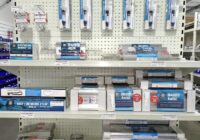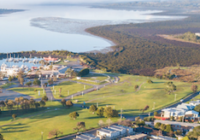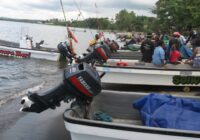SeaLink’s newest passenger vessel on Moreton Bay was built by Norman R. Wright & Sons and relies on the attributes of composite materials.
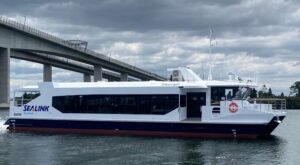
Officially starting service on 26 January 2023, the 24-metre ferry, named “Talwurrapin” – which is the name of Redland Bay in the local Quandamooka Jandai Language – was designed by Incat Crowther and built using a variety of composite panel products by a team of eight from Norman R. Wright & Sons over 10 months.
Headquartered in Adelaide, Sealink is Australia’s largest operator of passenger ferries. Talwurrapin is the latest in their fleet of commuter ferries, connecting Redland Bay with the South Moreton Bay Islands as a much-needed “bus on water”.
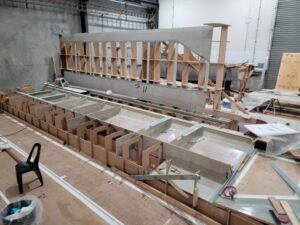
ATL Composites’ Director, Nicholas Cossich worked closely with Norman R. Wrights on the engineering underpinning the composite panels used in the superstructure. The use of pre-fabricated DuFLEX panels “reduces time, labour costs and waste and contributes to the strength, lightweight and durability of the vessel”.
ATL manufactured and supplied DuFLEX Divinycell Foam Composite Panels in varying densities, suitable for construction of the main entry and wheelhouse roof coamings, deckhouse wing bulkheads and lower sides, main roof and wheelhouse roof. All parts were supplied pre-routed to shape, which aided assembly efficiency.
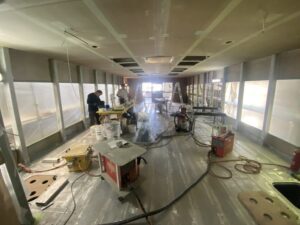
The build team then fabricated all the individual components in sections off the job using KINETIX R246TX Laminating Epoxy for any of the additional laminating and taping. Once the composite sections were complete, NRW would crane each section up onto the aluminium deck where the sections would be structurally located into position.
ATL’s Techniglue R15 Toughened and ANT5084 84mm Fibreglass angles were used to connect the aluminium hull and the composite superstructure. R15 is a toughened thixotropic epoxy paste that over-comes any problem of failure at the metal-resin interface, by increasing the peel strength of the bond. And Techniglue R60 was used for all the structural bonding of timber work in the project. The Techniglue range is very versatile and offers options that meet the assembly requirements of the marine, architectural, transportation, industrial and civil engineering fields.
Tried and tested, WEST SYSTEM 105 resin/ 206 Slow hardener thickened with WEST SYSTEM 417 Microballoons were used for the final fairing of all surfaces prior to primer and topcoat paint being applied.
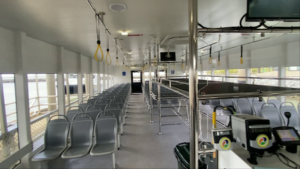
Tony Riek, Managing Director at Norman R. Wright & Sons said the feedback from the client was that the ferry “exceeds criteria on performance and quality”.
“We have worked with ATL for 30 years and have always found their people and their products to be reliable. We have confidence in their design and engineering skills. They always have a good supply and deliver on time.”
For more information visit atlcomposites.com.au
To keep up to date with all marine industry news visit www.marinebusinessnews.com.au







